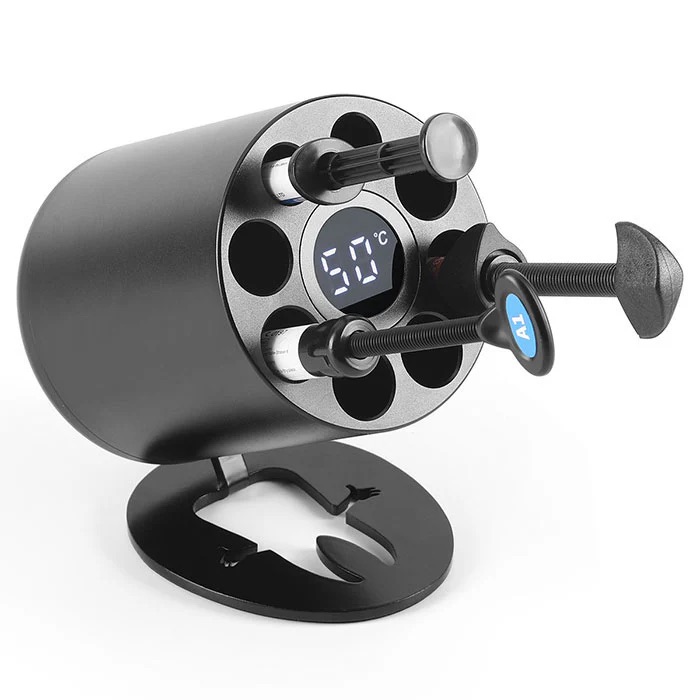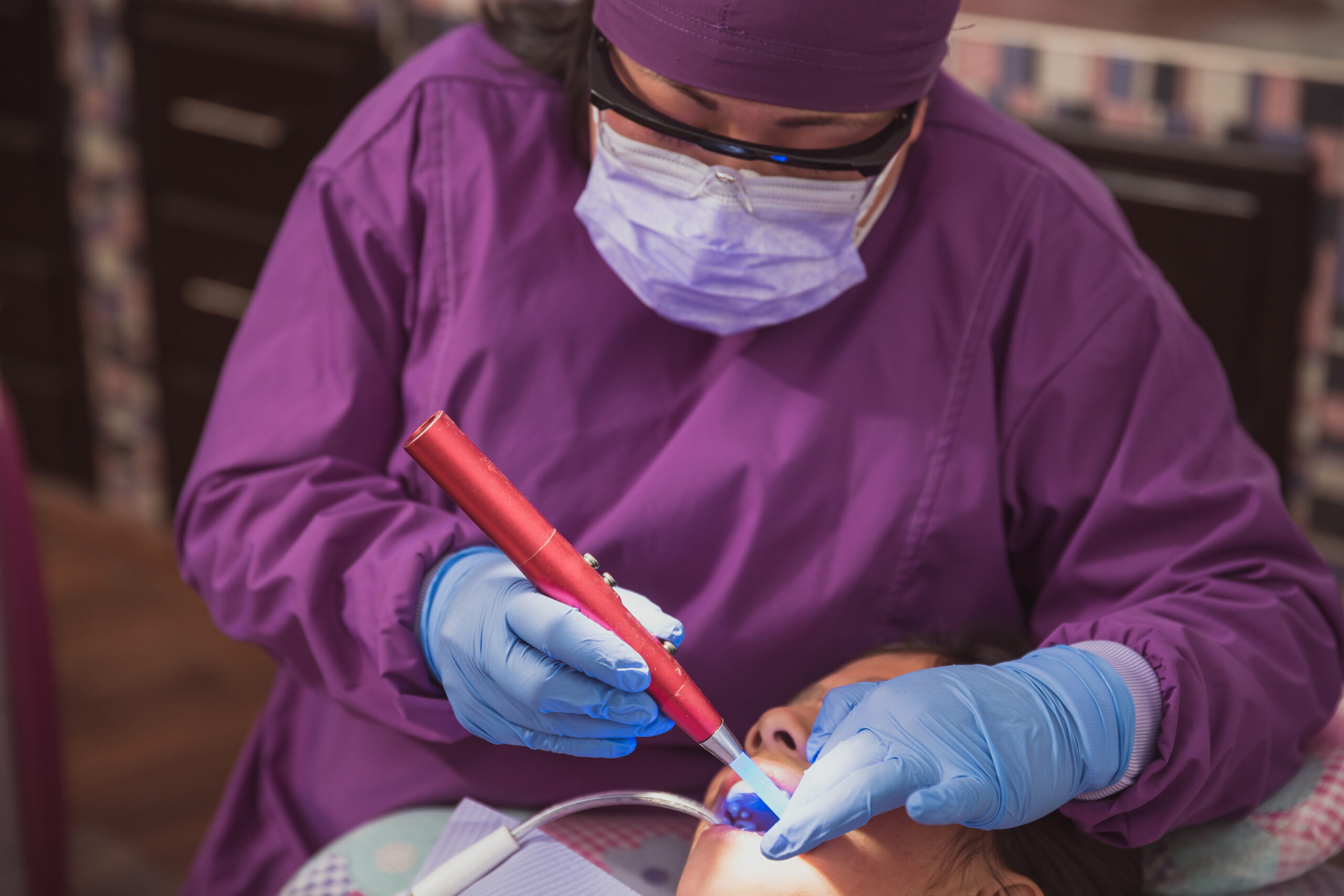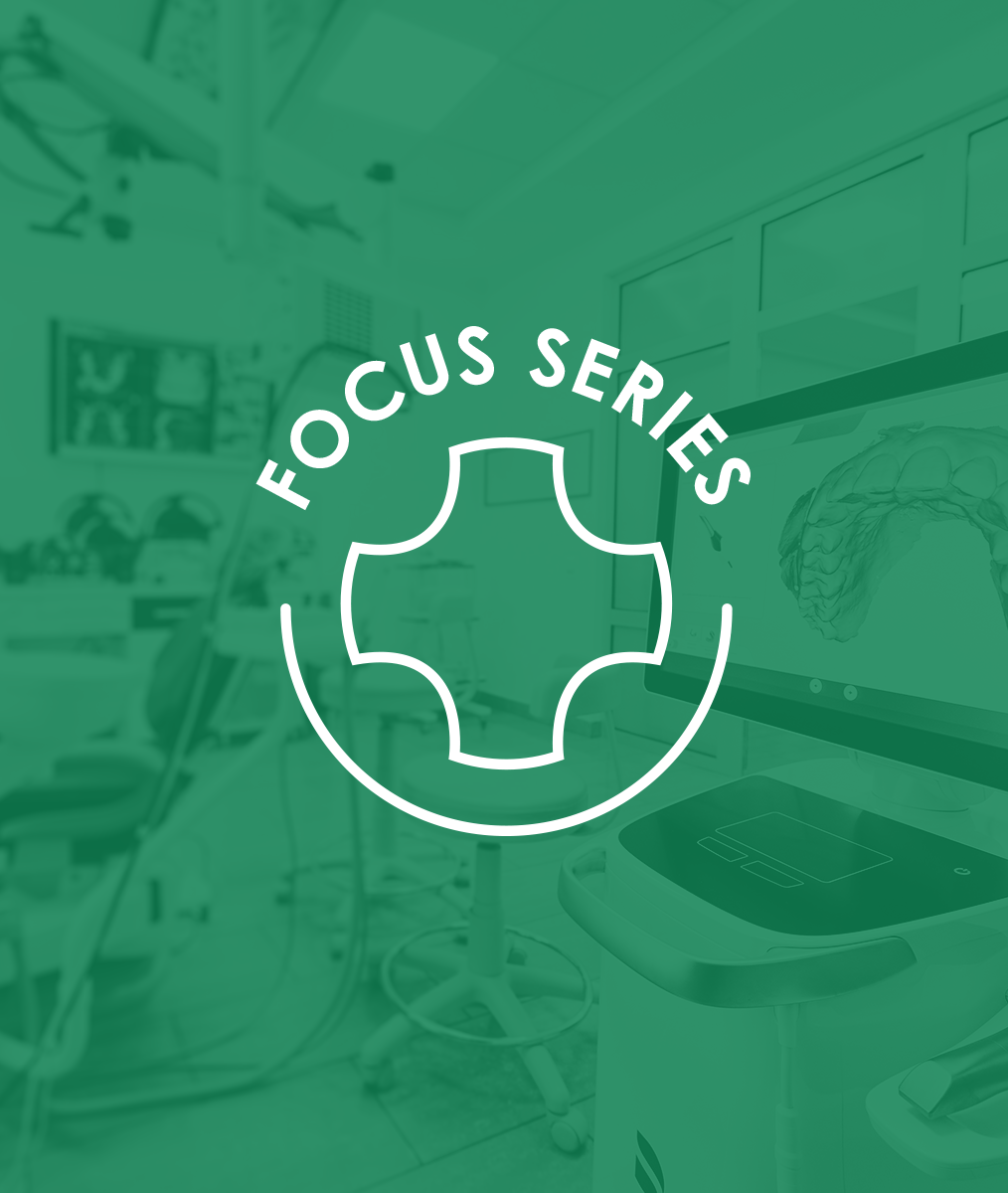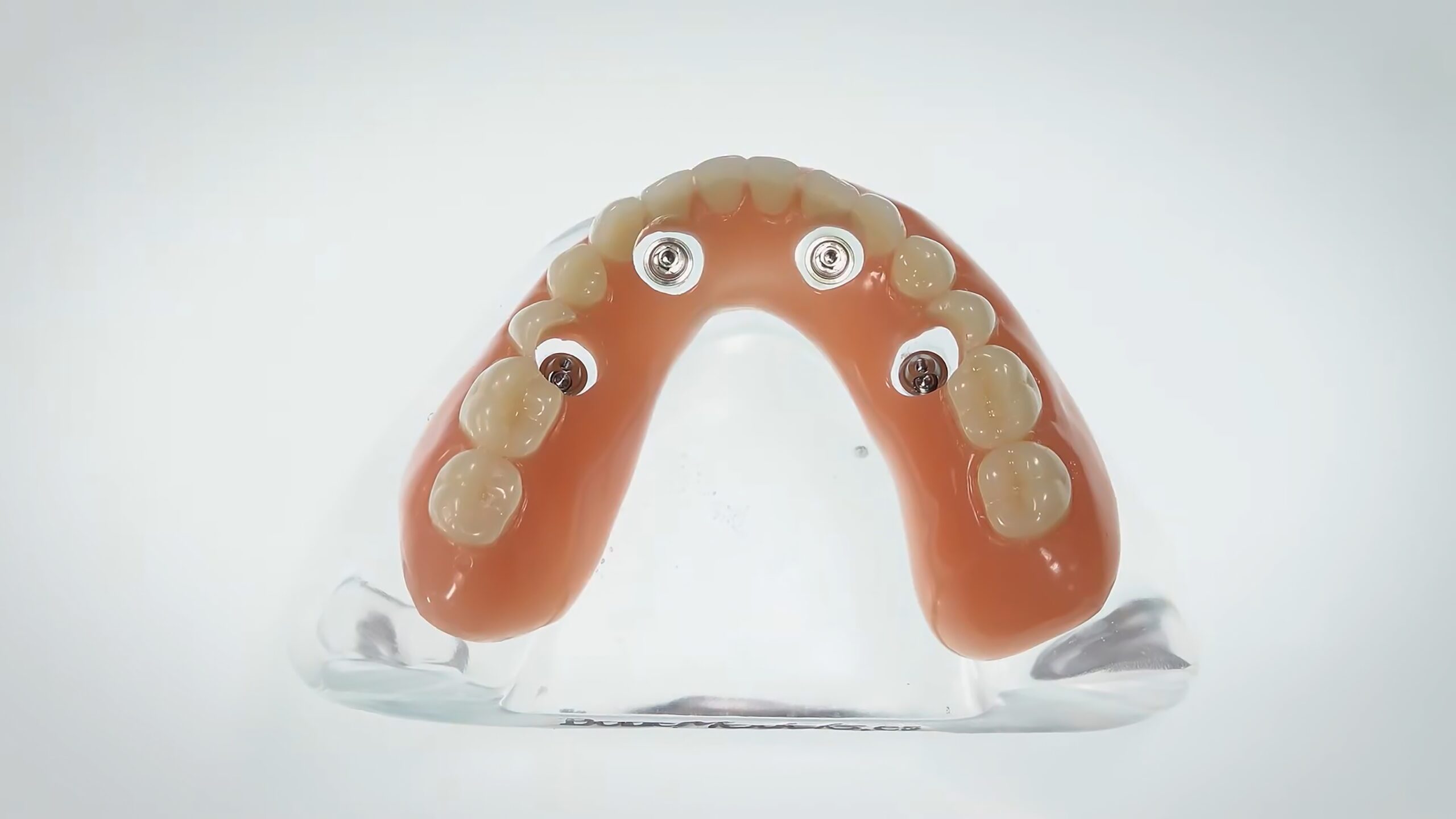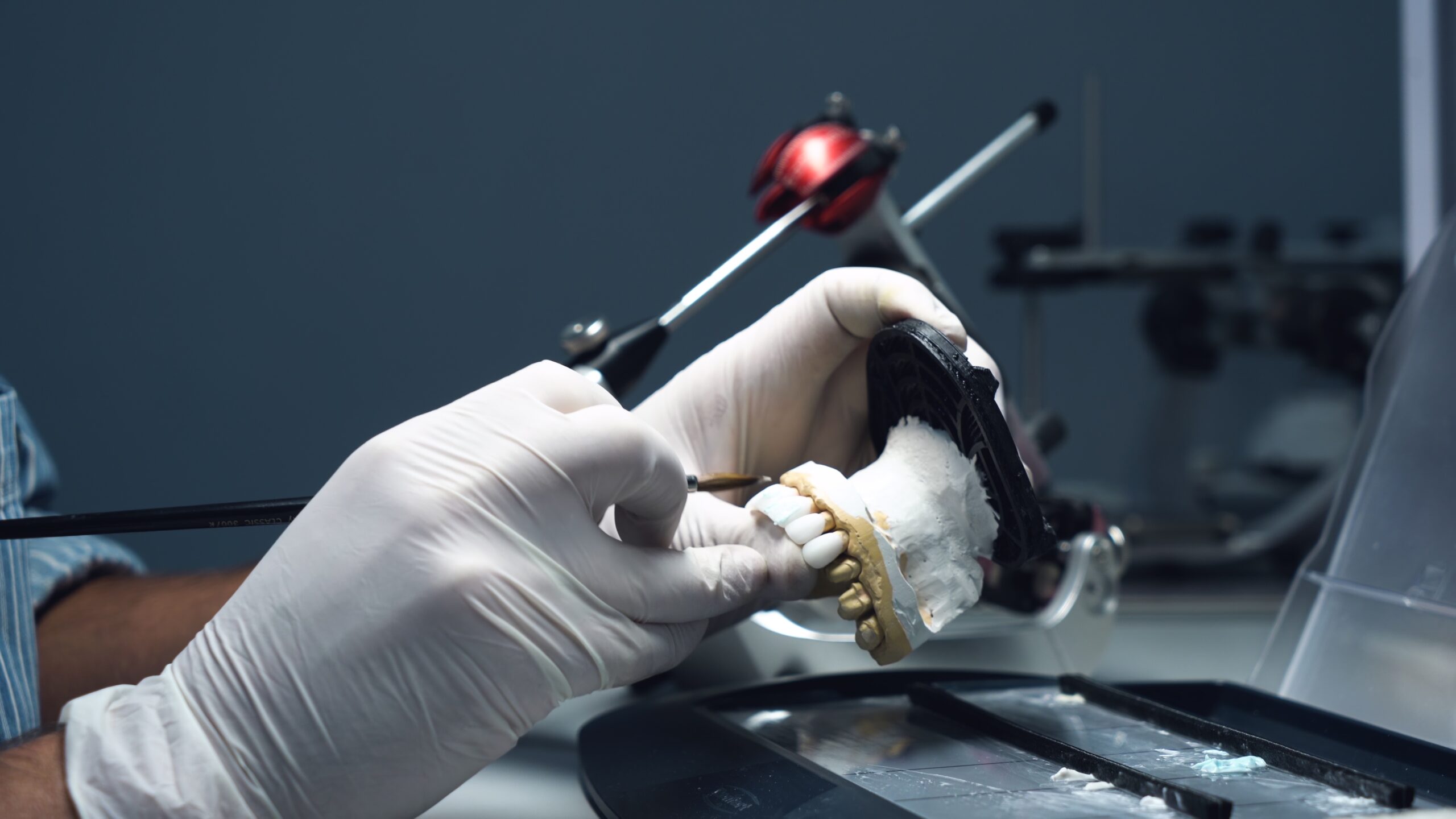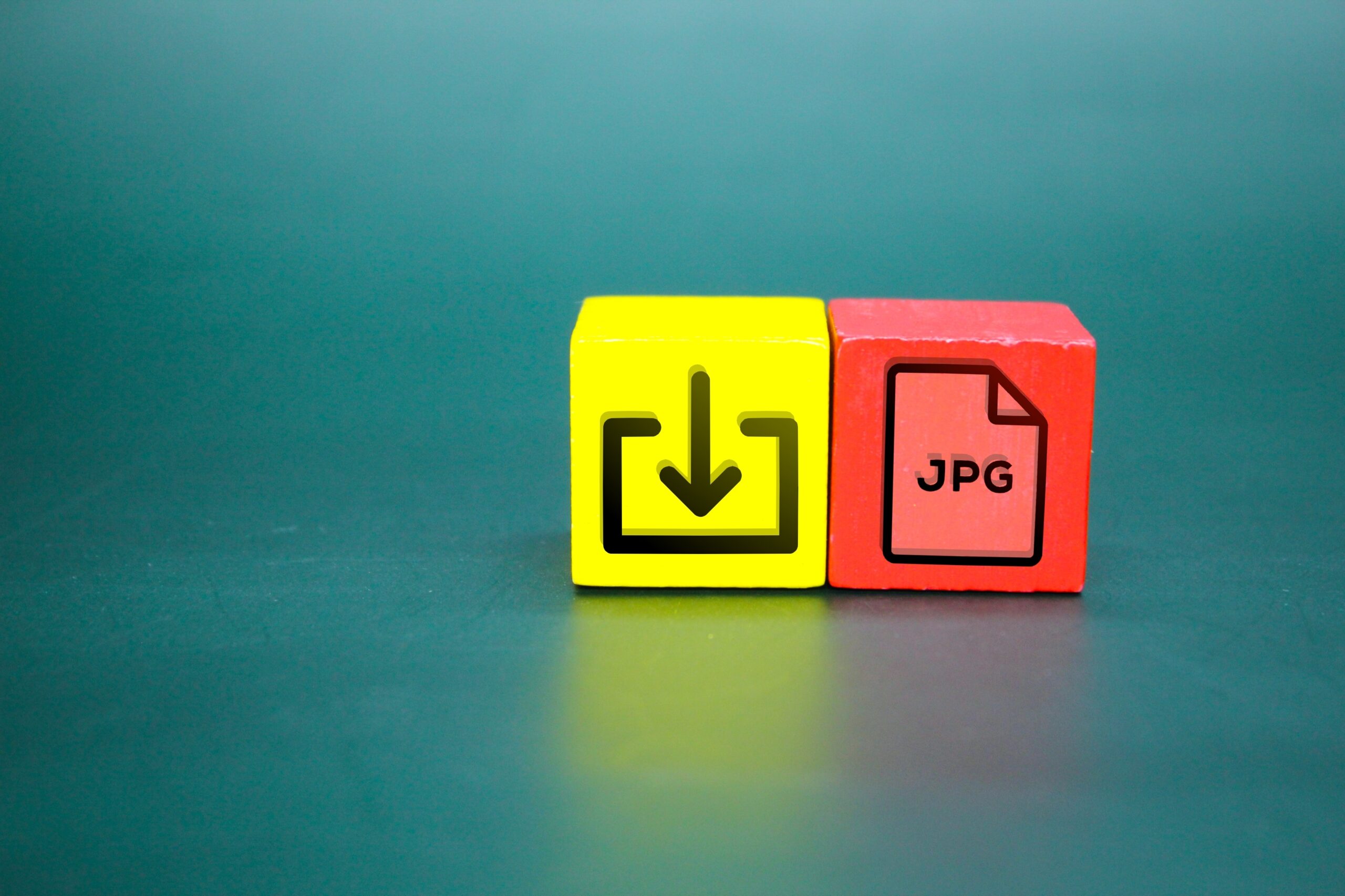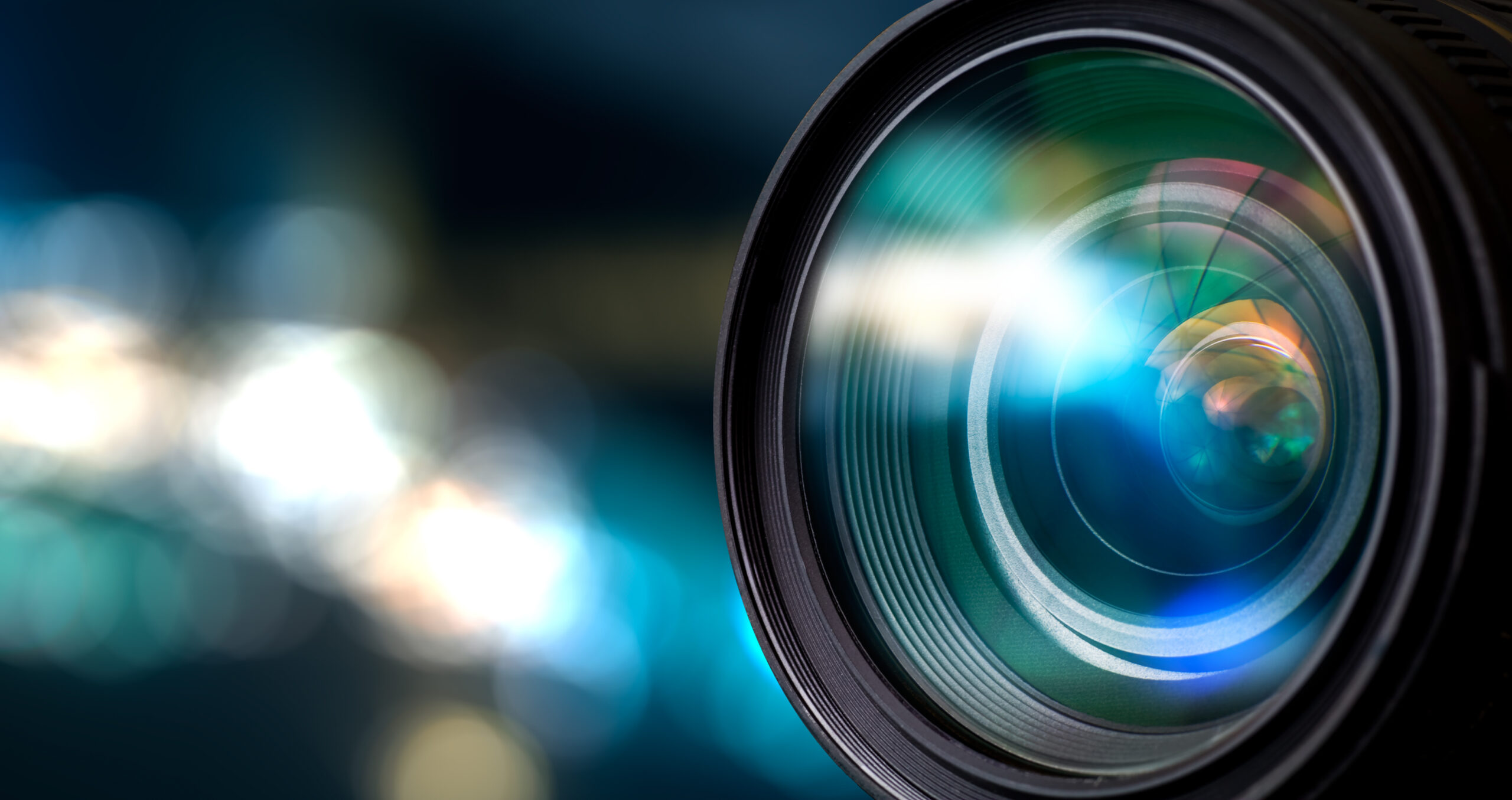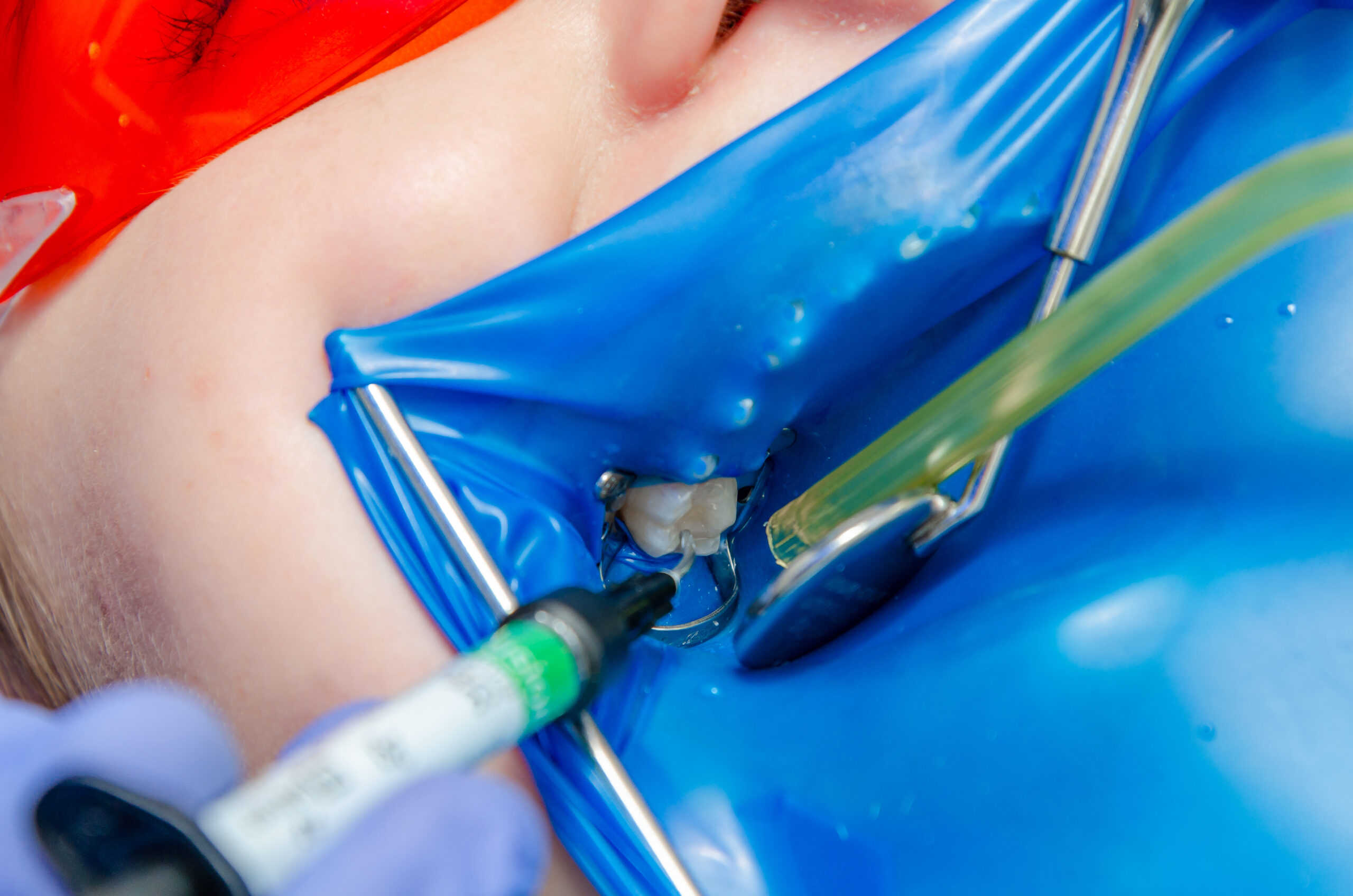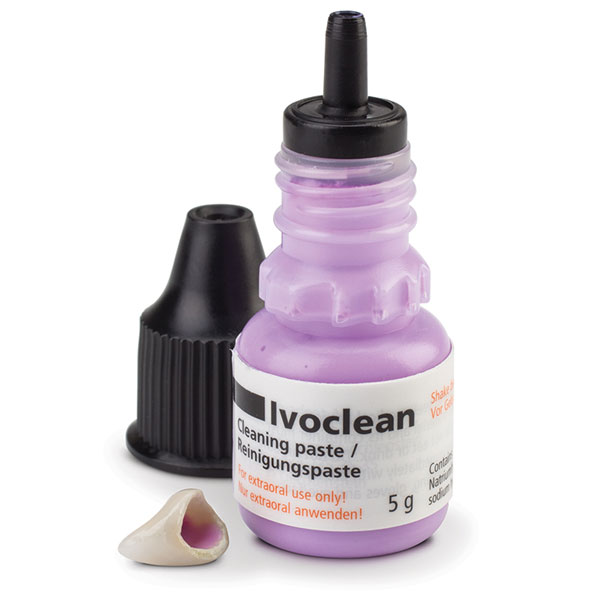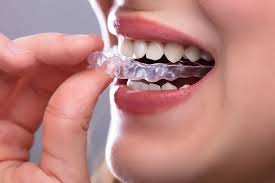Making the Case for Composite Warmers
Many dentists warm composite by placing it on top of the operatory light, but I wonder what the patient is thinking when you reach for it on top of the light.
Some dentists have water heated in one of the green bowls from the lab. I wouldn’t do that either because I wouldn’t know the precise temperature and water intrusion could occur into the composite syringe or compule.
Composite warmers are not a big expense in a dental practice. I have one in every one of our operatories. The warmers come with two interchangeable top pieces. One is designed for syringes, and one is designed for compules. They warm composite to a specific temperature.
When you heat composite, there’s no permanent change to the chemistry. As composite is warmed, its viscosity is reduced but as soon as the composite cools, it goes right back to its original viscosity. Studies show that the reduction in viscosity results in better marginal adaptation because it is more flowable, softer for sculpting, and much easier for us to push it against the margins. We also get a greater depth of cure because composite polymerizes more effectively at reduced viscosity. This reduces the shrinkage of the material and increases the longevity of our restorations.
Note: If you leave a composite warmer on with composite in it for days on end, the warming will evaporate some of monomer and the composite will become brittle and crumbly. So, have your assistant load the composite you plan to use for the day at the beginning of the day or at the beginning of the appointment. You can turn the warmer on when you are delivering anesthetic, and it will be warm when you are ready to use it. We’ve developed the habit of turning off the warmer at the end of each appointment.

